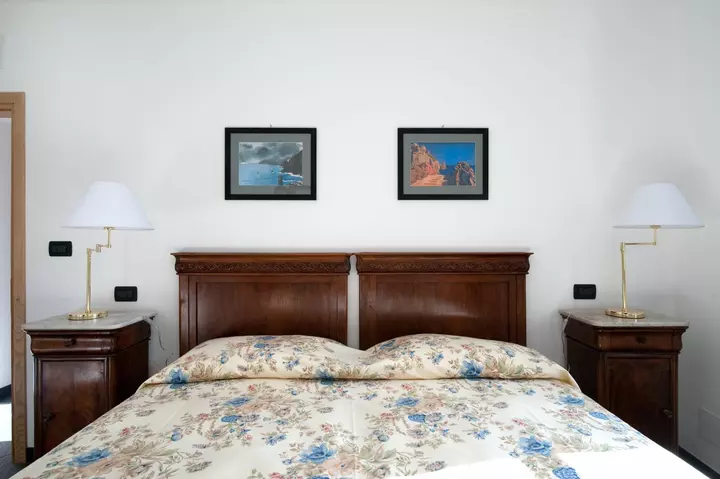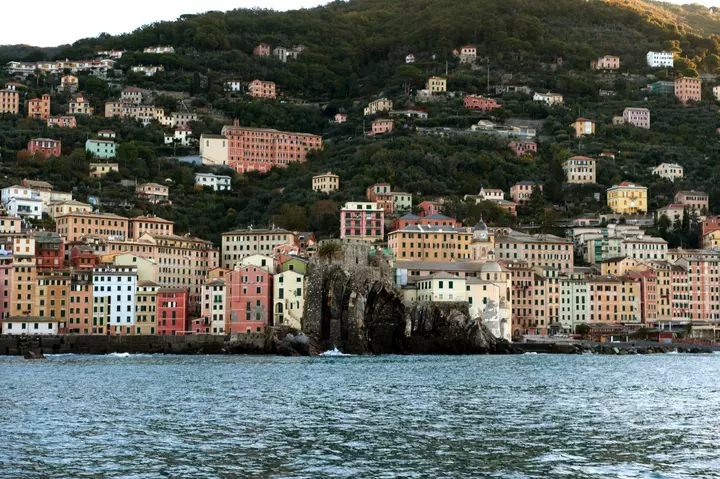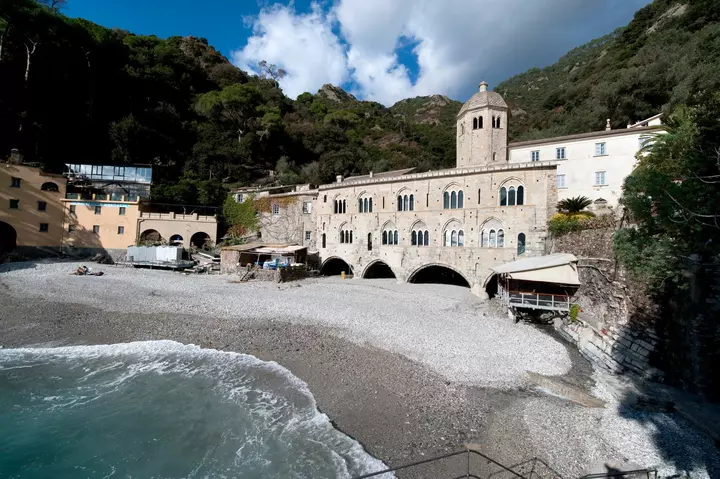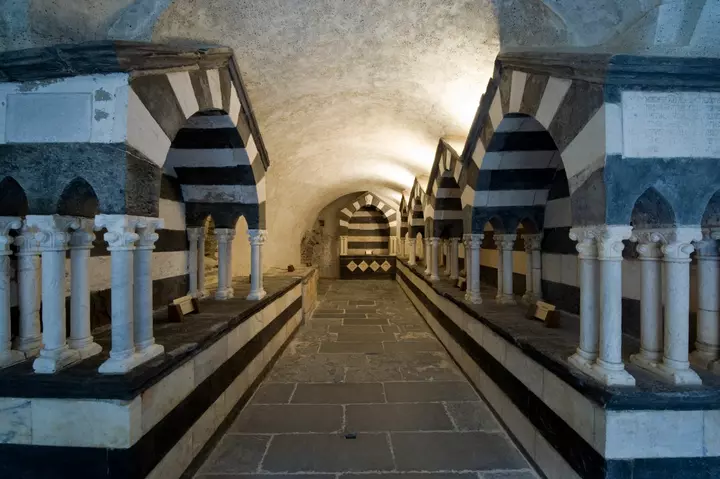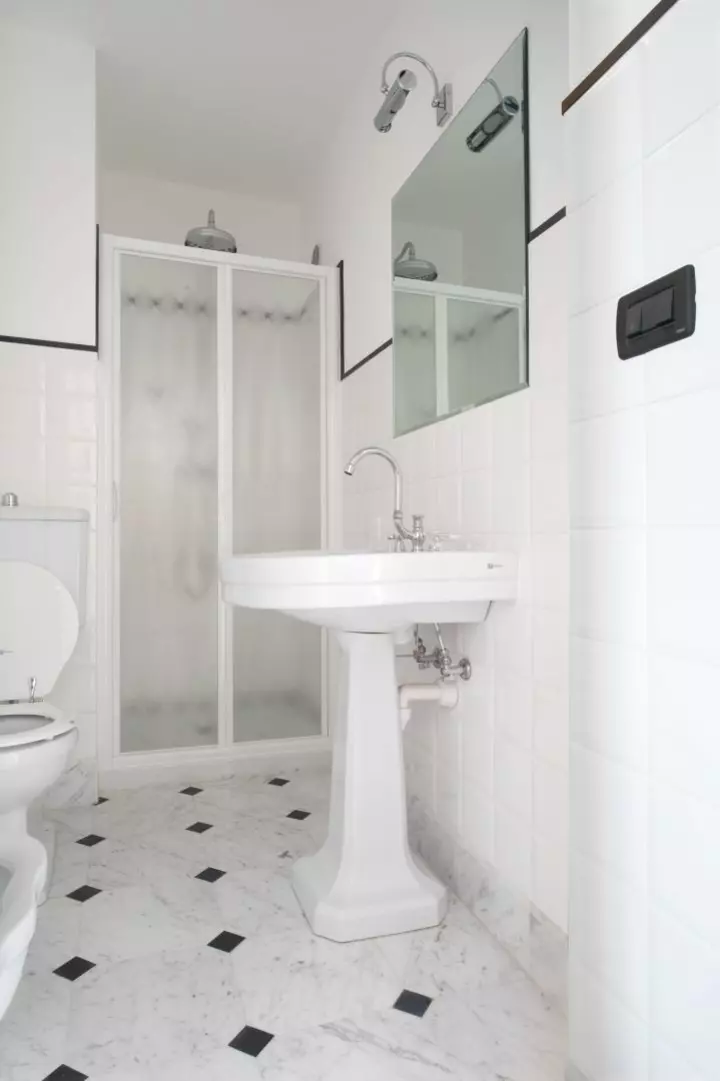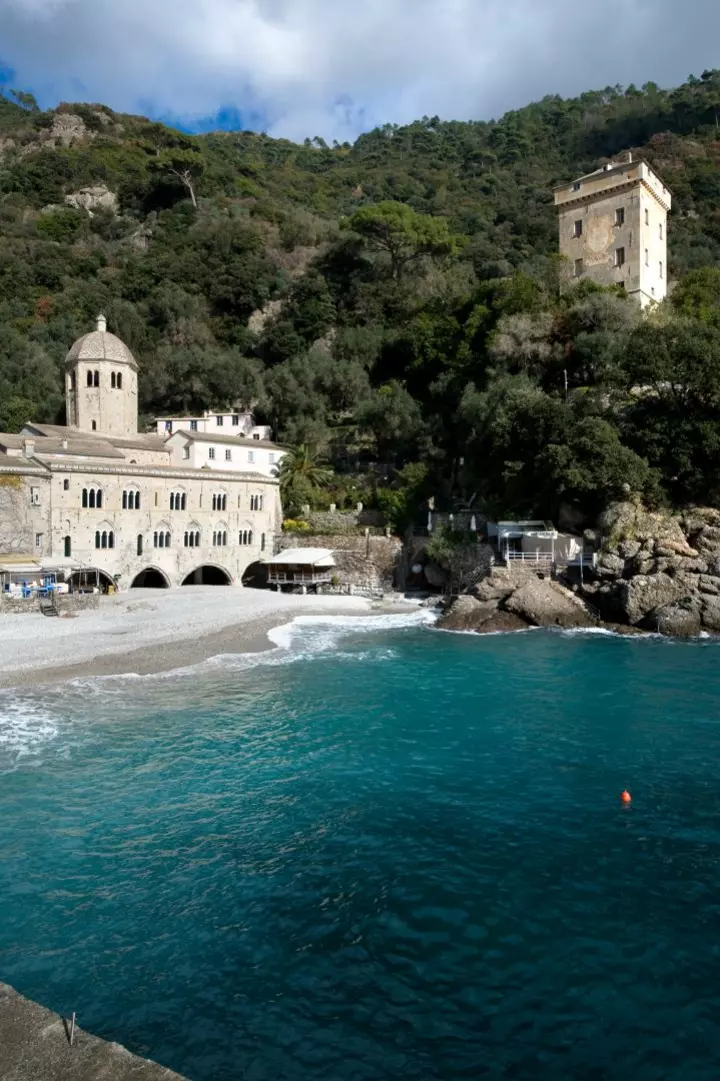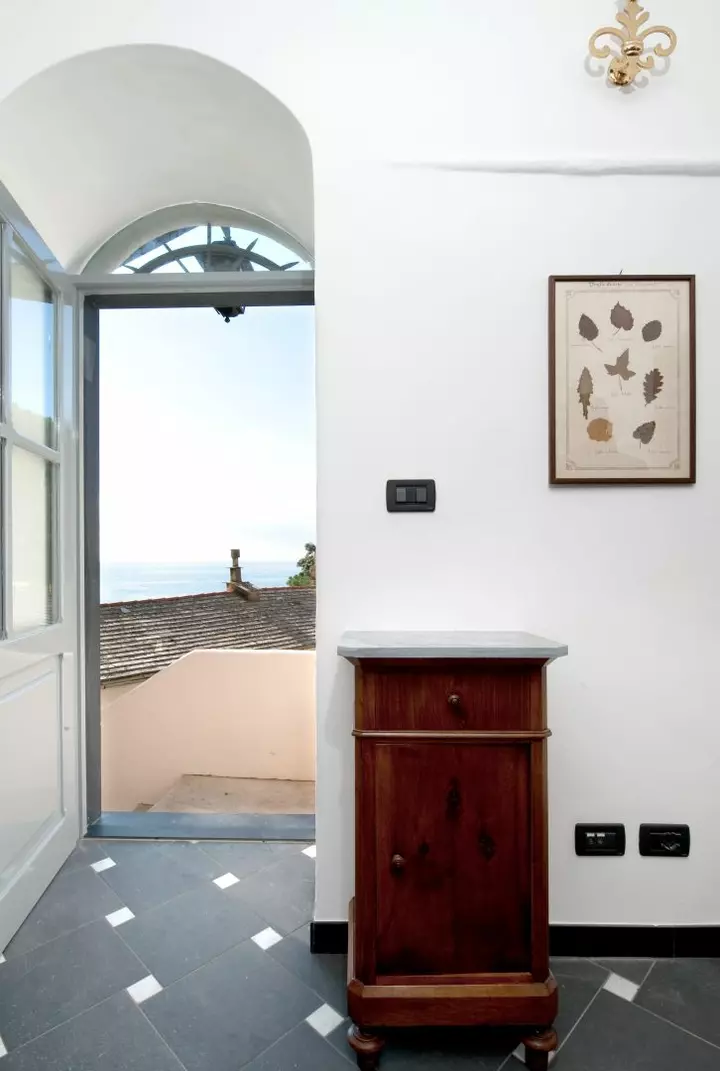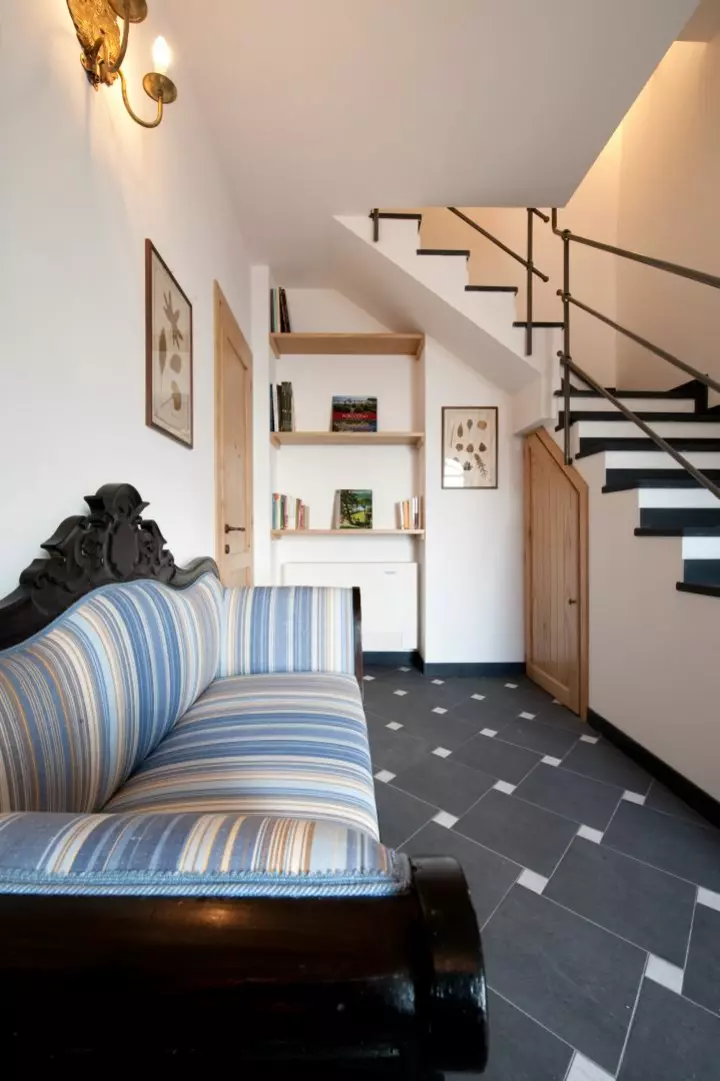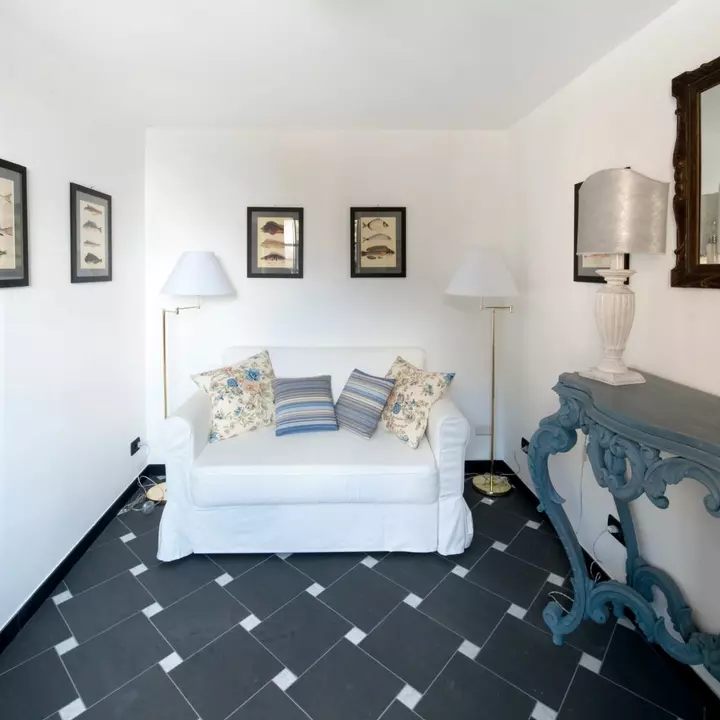San Fruttuoso Camogli
Where quality and technology join with history.
In splendid Liguria, between Camogli and Portofino, nestled in a deep inlet carved by the waters of the rugged coast of Portofino, stands the Abbey of San Fruttuoso of Capodimonte. This antique complex, inserted in a landscape with unique and extraordinary value from the point of view of architectural history, has ancient origins still shrouded in legend. Built between the X and the XII century, the abbey has in fact over the centuries been used as a Benedictine monastery, a hideout for pirates and the humble dwellings of fishermen. Finally, after becoming the property of Prince Doria in the 13th century, was donated in 1983 by Frank and Orietta Pogson Doria Pamphilj to FAI, the non-profit foundation established with the aim of protecting the environment and safeguarding the Italian artistic heritage.
More than twenty years since the beginning of the first restoration work undertaken by FAI (Italian Environment Fund), the original layout of the cloister, the abbey, the tombs of the Doria family, the Chapter House and the abbey Church have been recovered. Rediscovered antique depictions and numerous archaeological findings have been added to the museum, which allows visitors to delve into the antique history of the Capodimonte complex.
Behind the Abbey and at the foot of "Torre dei Doria" – built to defend the town from raids by barbarian pirates – house number 4 is home to the guesthouse, a building also owned by FAI, intended for tourist sojourns at this charming site and able to immerse the visitor in a reality with deep historical roots.
Here again, the restoration work aimed to recover the functionality of the site, on one hand maintaining the characteristics of the traditional Ligurian buildings and the simplicity typical of the village of San Fruttuoso, while on the other hand rendering them more comfortable and suitable for needs of travellers.
In a general context of attention to the environment and the protection of historical and architectural heritage of the buildings, Vimar wanted to contribute to this renovation project by supplying its products to complete the restructuring of the guesthouse. Inside, alongside the reupholstered sturdy late nineteenth century furniture or watercolours of Ligurian landscapes and marine themes on the walls, the profiles of the refined Idea series encase the electrical system devices which provide essential functionality, consistent with the context in which they are inserted. The plaques were chosen in the soft contours of the Rondò model; made of die-cast metal in the colour slate to match the floors, also in slate, and which furthermore combine well with the other special furnishings in the building.
The guest house is spread over two floors and features a kitchen, living room, bathroom, utility room, two bedrooms and a lovely terrace overlooking the bay. The carefully decorated but sober environments confirm the desire to remain consistent with the spirit of an elegant dwelling while being simple at the same time. From the windows the view is spectacular and it is possible to catch, depending on the room you are in, glimpses of the extraordinary landscape surrounding the entire FAI property while the reflections of the sea on the windows enter the rooms of this inviting abode.
The meticulous restoration work of the Italian Environment Fund and the commitment by Vimar have thus given life to a reorganised structure prepared to host curious travellers, fascinated by the ancient history of the Abbey of San Fruttuoso.
Am veröffentlicht
